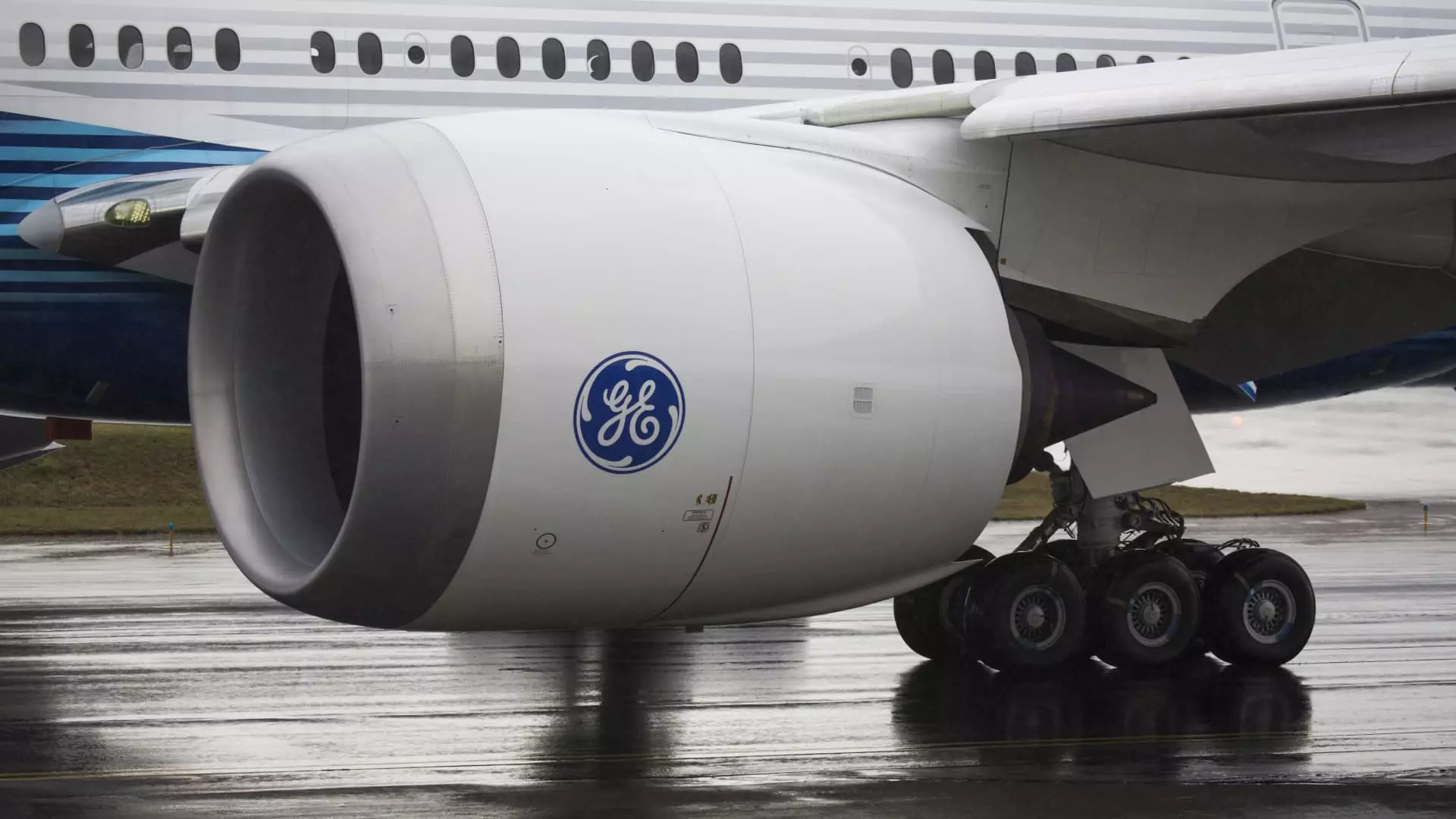7 Reasons Why GE Aerospace Defies Tariff Setbacks Amid Economic Turmoil

The global marketplace is becoming increasingly adversarial, as tariffs and trade restrictions proliferate, creating a dire situation for businesses worldwide. Yet in the midst of this turmoil, GE Aerospace emerges as a beacon of resilience. According to an analysis by Bank of America, the tactical and strategic initiatives taken by GE Aerospace have enabled it to weather the onslaught of tariffs better than its competitors. As an entity manufacturing engines for both Boeing and Airbus, GE Aerospace showcases a model of business agility and foresight.
The turbulent business environment has created a palpable sense of unrest among investors, particularly in sectors heavily affected by tariffs. As acknowledged by analyst Ronald Epstein, GE Aerospace’s proactive tariff mitigation strategies have set the company apart from others that are floundering under tariff pressures. This differentiated performance begs the question: What key elements underlie GE Aerospace’s success?
Tactical Deployment of Resources
One of the standout elements contributing to GE Aerospace’s stability is its exceptional ability to absorb rising costs without significantly altering its long-term outlook. The firm anticipates a $500 million hit from tariffs, yet this level of visibility and preparedness is indicative of operational strength. Rather than merely reacting to evolving tariff dynamics, GE has embraced a strategy that integrates cost controls and pricing strategies, almost as if framing the tariffs as a challenge to be conquered rather than an insurmountable obstacle.
Furthermore, GE’s innovative approach involves employing free-trade zones and leveraging operational efficiencies. By strategically placing its resources, the company can navigate tariffs more adeptly, ultimately gaining a competitive advantage in a sector that thrives on global supply chain interdependencies.
Political Engagement and Industry Positioning
Ge Aerospace’s ability to engage with political figures also reflects its proactive methodology. CEO Larry Culp’s recent dialogue with President Trump about enhancing the U.S. aerospace sector’s trade surplus illustrates a commitment to influencing policies that would serve the company well. The capability to pivot between operational challenges and political advocacy positions GE Aerospace favorably in an unpredictable regulatory environment.
While other companies may shrink back in the face of tariff-related adversity, GE Aerospace maintains a stance of advocacy and influence. This dual approach—grounded in both operational efficiency and political engagement—further strengthens its defensive and offensive capabilities in the market.
Market Performance: An Outlier
The statistical data surrounding GE Aerospace’s stock performance underscores a stark contrast between its trajectory and that of the broader market. With a nearly 20% increase in stock value in 2025, juxtaposed against a 7% decline in the S&P 500, the evidence of GE’s market resilience is compelling. It serves as a testament to the company’s ability to sidestep the broader economic malaise characteristic of this period.
Investors, feeling the heat of uncertainty, often flock to companies that exhibit a mix of innovation and ethical practices. Consequently, GE Aerospace’s sustained commitment to delivering value has resonated well with stakeholders, building a fortress amid financial unpredictability.
The Role of Conservative Forecasting
Part of what distinguishes GE Aerospace’s narrative is its commitment to cautious and conservative forecasting. By setting realistic expectations, the company avoids the pitfalls associated with overly optimistic predictions that ultimately undermine credibility. This careful stewardship of investor sentiment is likely to foster trust, paving the way for further investment opportunities down the line.
Yet, it’s important to recognize that conservative forecasting isn’t synonymous with stagnation. Instead, it indicates a dynamic approach to managing uncertainties, effectively putting GE in charge of its destiny as it maneuvers through the high tides of economic policy changes.
The Future of GE Aerospace: Challenges and Prospects
As GE Aerospace continues to navigate a complex landscape marred by tariffs, pessimism may linger about the ongoing macroeconomic challenges. However, the robust response strategies that the company employs offer a glimpse of optimism even as difficulties loom. Every dollar lost due to tariffs is viewed not as a defeat but as a stimulus for innovation and growth.
Ultimately, GE Aerospace has creatively positioned itself to emerge not just unscathed but stronger from the challenges it faces. As investors weigh their options in turbulent times, GE Aerospace provides a compelling case for resilience—exemplifying that with the right strategies, even amid formidable tariff implications, businesses can thrive against the odds.





